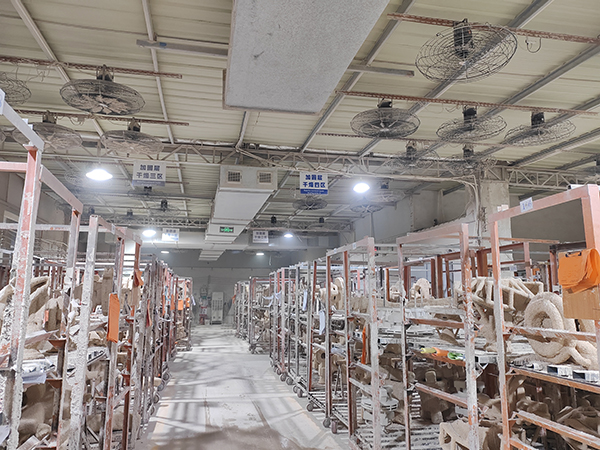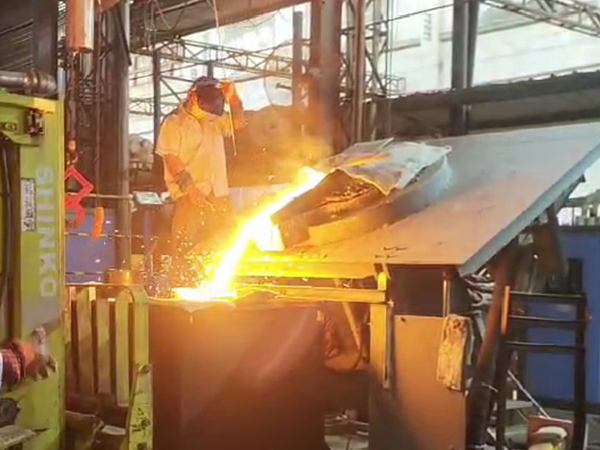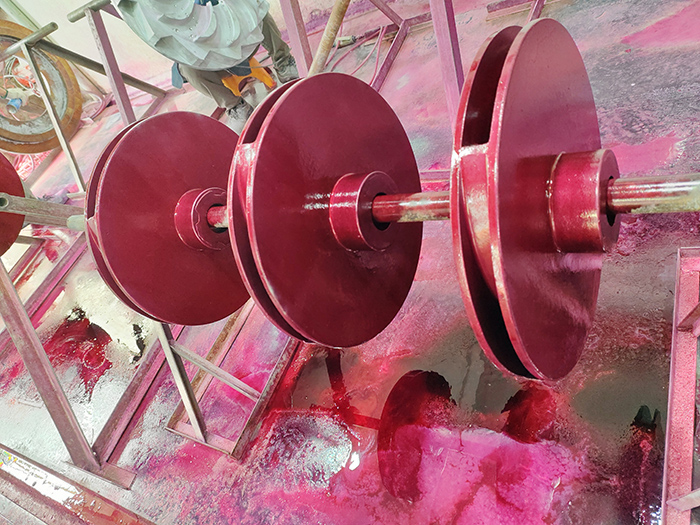-
Address
Wangjiang, Xingtian No 2 Rd, Xingning, Meizhou City, Guangdong Province, China.
- Email:enquiries@apalloy.com
- Phone:+86 0753 3354369
- WhatsApp: +86 18813765785

Today we will briefly discuss the general idea of the type of shrinkage cavity or loose defect . You can try to follow this idea to deal with the problems you encounter and see if it can help you. In fact, sometimes it feels simpler to deal with shrinkage cavity or loose defects than other defects. Why ? Because the shrinkage cavity is not only poor in shrinkage, but also poor in heat dissipation.

Cause of shrinkage cavity and loose defect.
Shrinkage is mainly caused by poor shrinkage or poor heat dissipation. It is shown as follows:
1. The gate design size is too small to meet the shrinkage requirements;
2. Incorrect gate position, far away from the place needing to be supplemented, and it is difficult to realize effective supplementation;
3. The thickness of the gate size relative to the gate position wall is too large, causing contact with the hot joint, resulting in shrinkage cavity shrinkage or crack.
Method of determining if the gate or riser is too small
Determine whether the gate or riser is too small according to the process yield of castings. If the process yield is higher than 60%, it is necessary to note that the size of the runner and riser may be too small, because the higher the yield is, the less the molten metal shrinks. However, in the current casting industry, everyone is improving the process yield, which is not necessarily a good phenomenon. The process output rate proposed in Practical Technology for Precision Casting is less than 40%. Although it cannot be said to be correct, there is indeed a risk of infinitely improving the process output rate.

Principles and Problems of Gate Design
1. In principle, the gate design of castings shall be set on the hot joint of castings to ensure that the castings are solidified in sequence. However, the heat distribution of sequential solidification is not balanced, which is easy to cause casting deformation.
2. In order to solve the problems caused by sequential solidification or improve the material yield, designers may choose to solidify at the same time. At this time, the gate position may be wrong, resulting in shrinkage cavity.
3. For the casting structure that cannot form sequential solidification, such as the thick-thin-thick condition of the gate part, the top injection type has a riser, but the thin neck in the middle may be the key to cause shrinkage cavity of the casting.
To sum up, the shrinkage cavity and loose defects are closely related to the gate design. Therefore, it is necessary to comprehensively consider the factors such as shrinkage demand, heat distribution and casting structure when designing the gate to avoid shrinkage cavity and loose defects.

Wangjiang, Xingtian No 2 Rd, Xingning, Meizhou City, Guangdong Province, China.